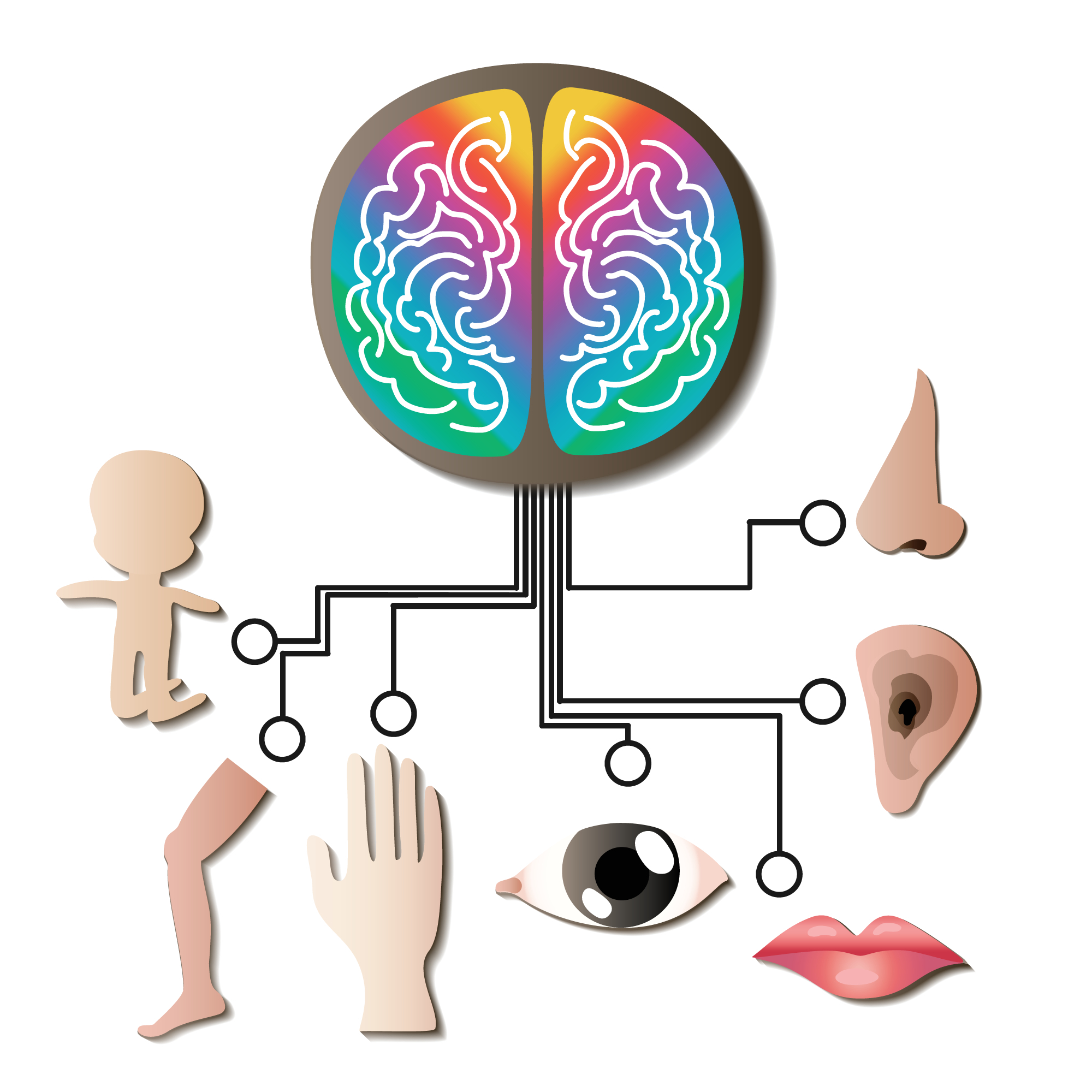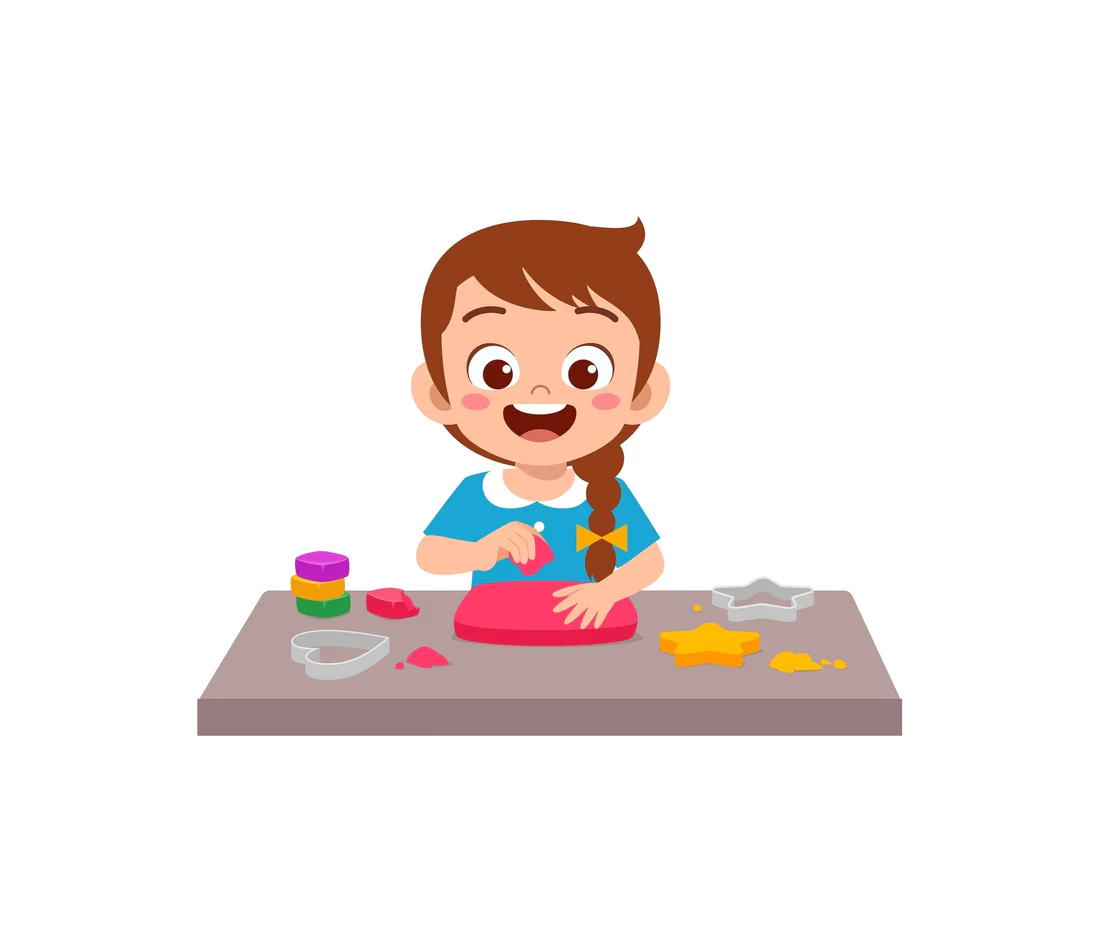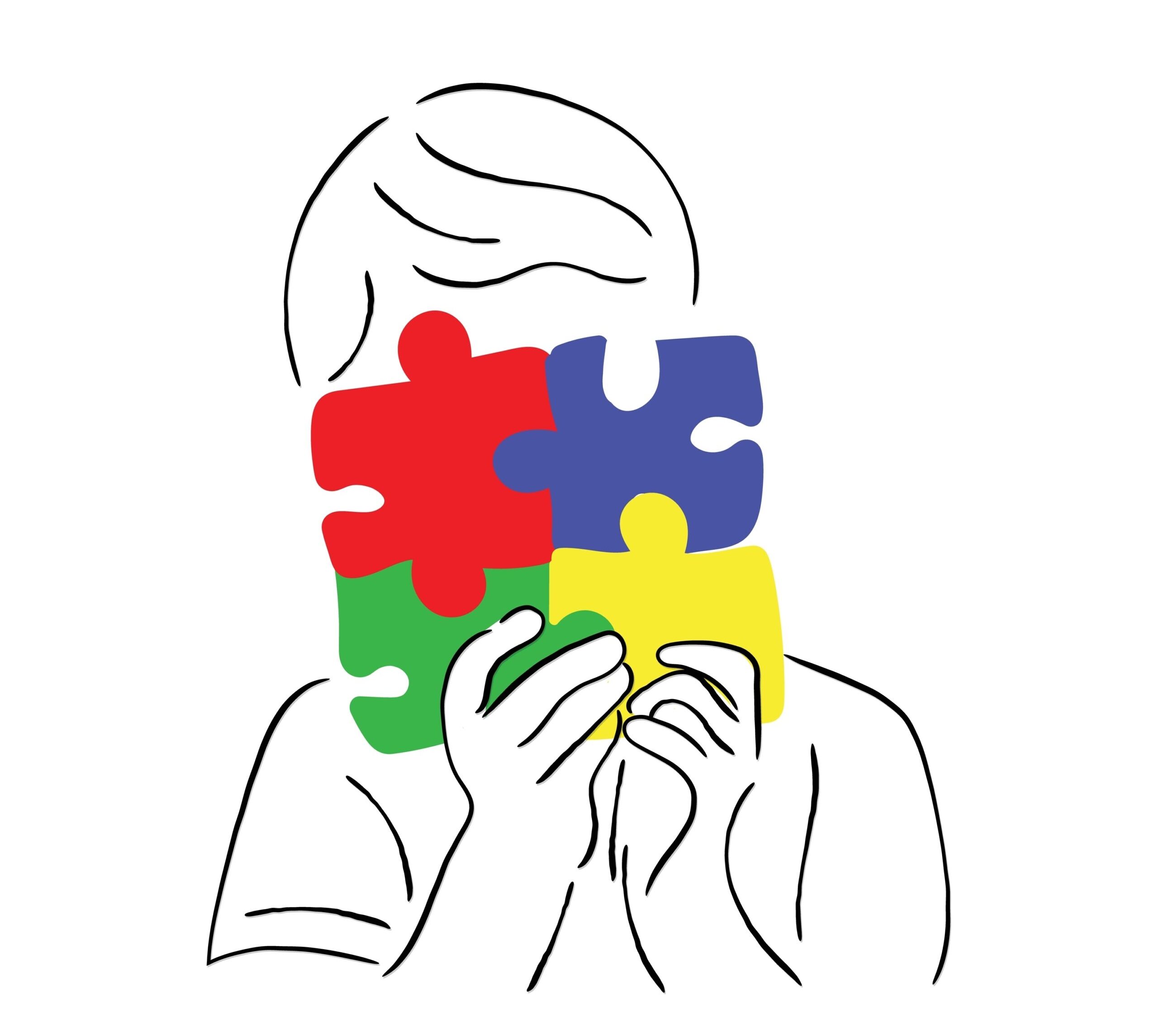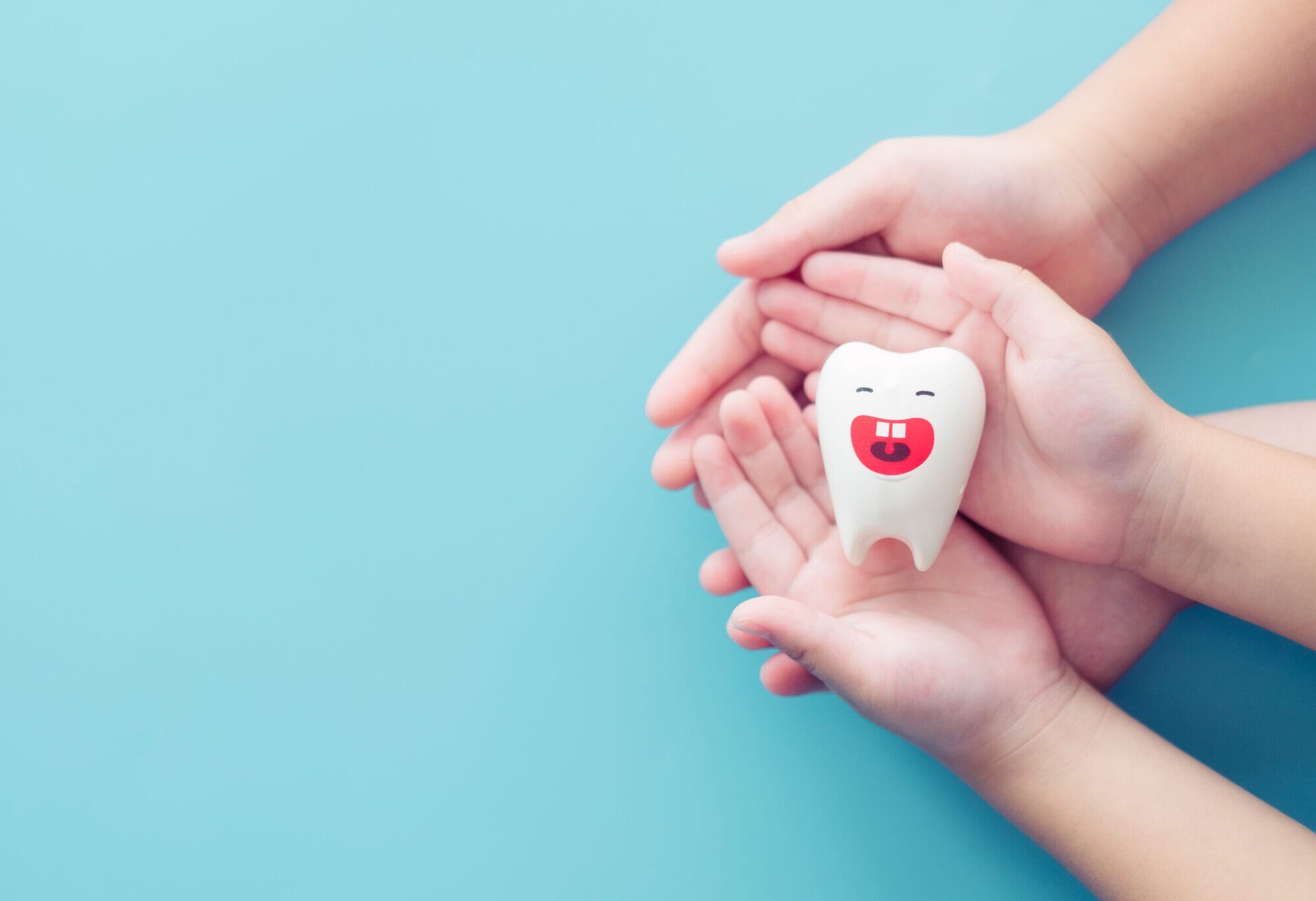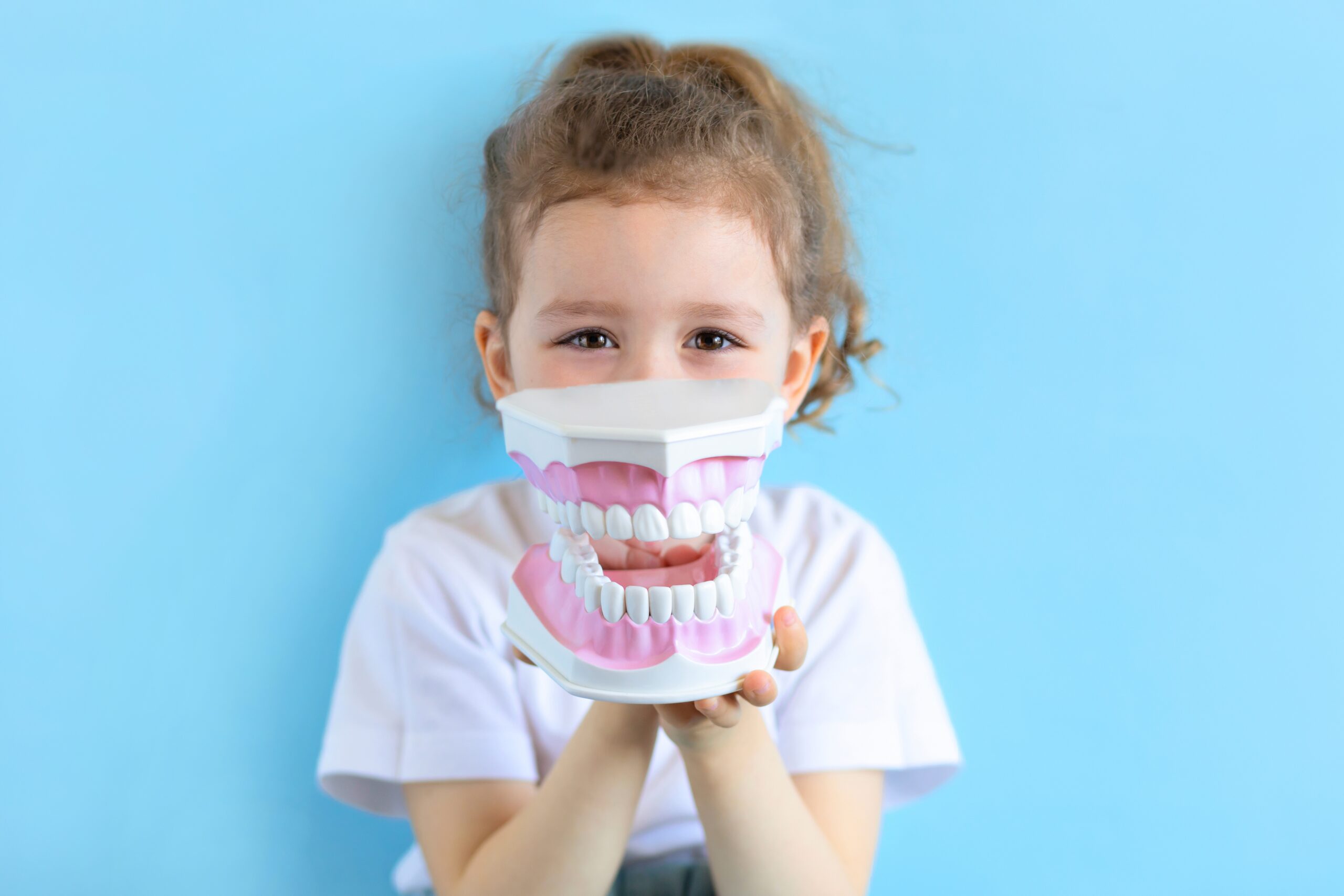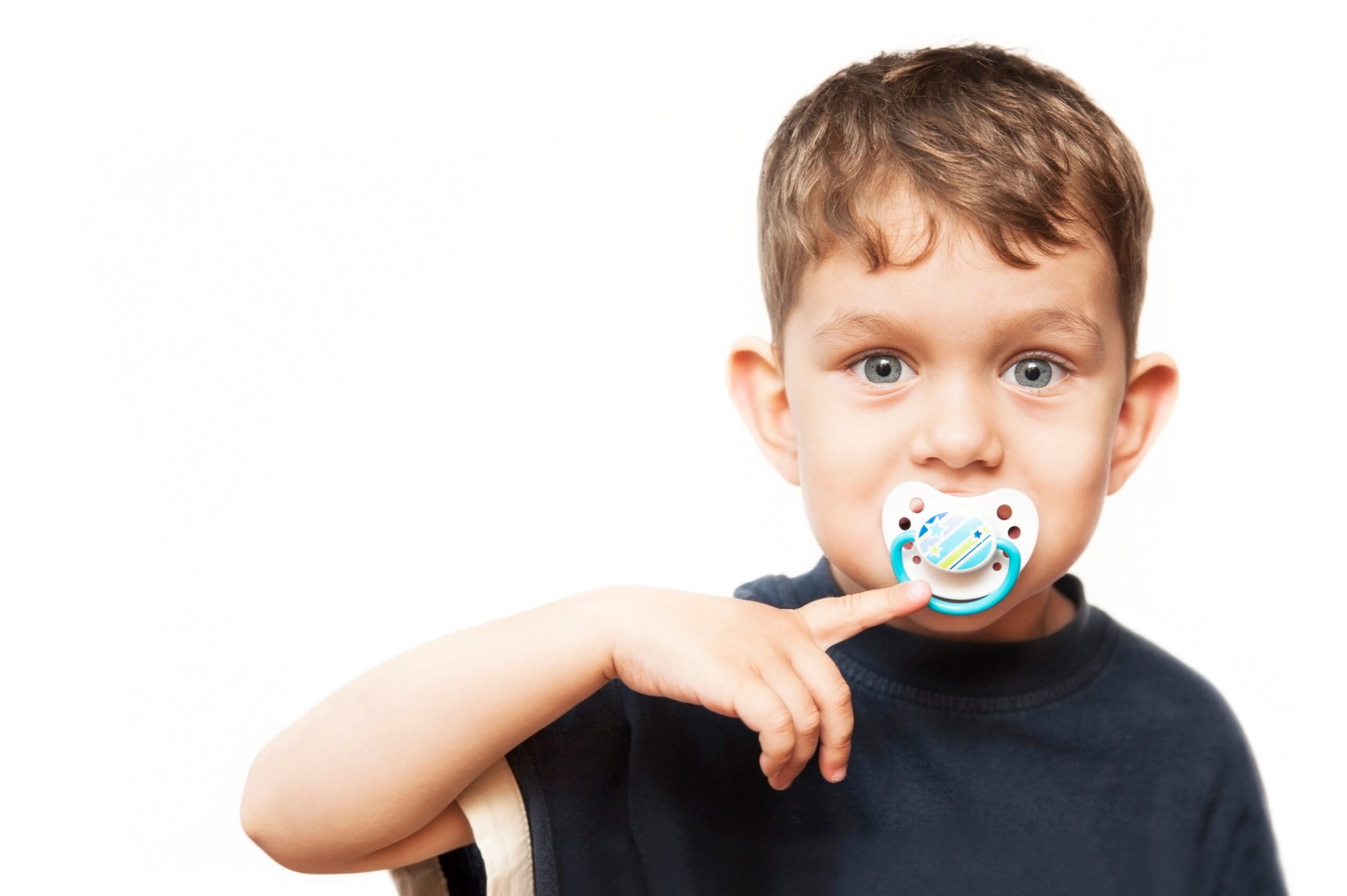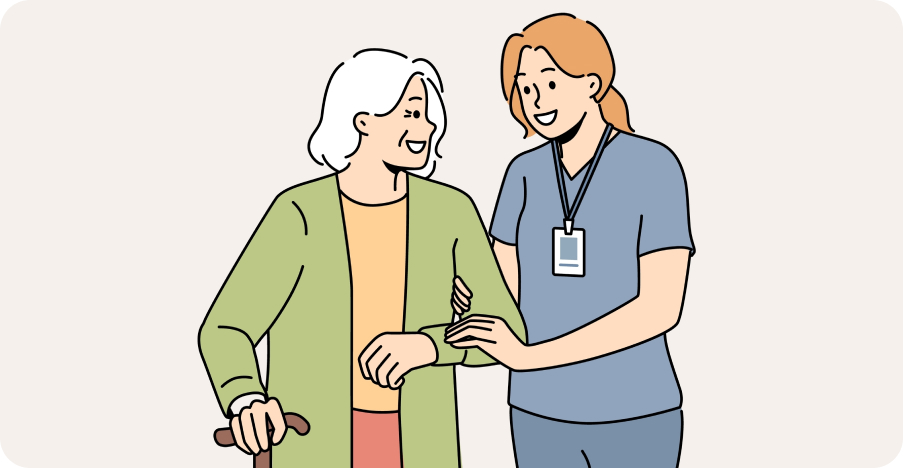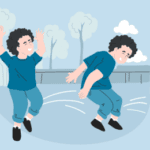
Blog
When Is Thumb Sucking a Problem? A Developmental Guide for Parents
Author: DrSensory
June 17, 2025
When Is Thumb Sucking a Problem? A Developmental Guide for Parents
Thumb sucking is a natural, soothing reflex for infants and toddlers. It helps babies self-regulate, fall asleep, and feel comforted in stressful moments. But when thumb sucking continues past the preschool years, it can interfere with your child’s dental development, jaw growth, and speech.
In this article, we’ll break down:
When thumb sucking becomes a concern
How it affects teeth, palate, and speech
Gentle, effective strategies to help your child stop the habit
The Link Between Tongue Posture and Jaw Development in Kids

Age Milestones: When Should Thumb Sucking Stop?
Most children naturally stop sucking their thumb between ages 2 and 4, as their need for self-soothing decreases and they develop other coping skills.
However, if thumb sucking continues beyond age 4, it may begin to negatively impact oral and facial development.
What the American Dental Association Recommends:
Monitor the behavior starting around age 3
Intervene by age 4 if thumb sucking is still frequent
Seek dental advice if the habit affects bite alignment or speech clarity
The longer thumb sucking continues, the higher the risk of long-term oral health issues.
How Thumb Sucking Affects Teeth, Palate, and Speech
1. Misaligned Teeth (Open Bite, Overbite)
The constant pressure of the thumb can:
Push front teeth forward, creating an open bite
Lead to an overbite or crossbite
Cause crowding, which may require orthodontic correction later
2. Narrow or Misshapen Palate
Long-term thumb sucking can:
Cause the roof of the mouth (palate) to narrow
Affect jaw growth, leading to an imbalanced facial structure
Interfere with tongue movement and oral function
3. Speech Delays and Articulation Issues
Thumb sucking can disrupt tongue posture, impacting how children form sounds.
Common challenges include:
Lisping or difficulty with “s,” “sh,” and “z” sounds
Delayed development of speech clarity
Ongoing myofunctional issues related to improper oral habits
Ultimate Guide to LISPs in Children & Adults
Delayed Speech in Children: Causes, Signs, and Therapy Options
How to Help Your Child Stop Thumb Sucking
If your child is still sucking their thumb after age 4, the goal is to gently break the habit without shame. Here’s how:
1. Use Positive Reinforcement
Create a reward chart or sticker system
Celebrate progress, even small wins
Use verbal praise consistently
2. Offer Gentle Reminders
Use phrases like “Let’s rest our hands” or “Thumbs out, please”
Avoid scolding, which can increase anxiety and worsen the habit
3. Replace with Other Comfort Tools
Since thumb sucking is often used to self-soothe, offer alternatives like:
A favorite blanket or stuffed animal
Fidget toys or chewelry
Deep breathing or sensory calming techniques
4. Use Behavioral Aids (If Needed)
Thumb covers, bandages, or bitter nail polish may help
These should always be paired with emotional support—not punishment
How Dental Alignment Affects Chewing and Swallowing in Children
The Importance of Brushing Teeth Starting at a Very Young Age
When to Involve a Pediatric Dentist
If thumb sucking continues despite home strategies, your pediatric dentist can help with:
Evaluating bite development and jaw alignment
Recommending a habit appliance (like a palatal crib or guard)
Referring to a myofunctional therapist if tongue posture is affected
Early intervention can prevent the need for more invasive orthodontic treatment later in childhood or adolescence.
Thumb Sucking Is Normal—Until It’s Not
Thumb sucking is a common and comforting behavior in early childhood, but it should fade by the time your child enters kindergarten. If the habit persists beyond age 4 or starts to impact dental and speech development, gentle intervention is key.
With the right support—both at home and from your child’s pediatric dentist or speech therapist—you can help them successfully transition away from thumb sucking and promote healthy oral and facial development.
Apraxia of Speech in Children: Signs, Diagnosis & Therapy
Baby Teeth and Speech Development: How Are They Connected?
Typical Milestones in Speech and Language Development for Birth to Seven
Supporting Oral Health with Sensory Needs in Mind
Sensory processing differences aren’t just behavioral—they can affect your child’s eating, speech, oral hygiene, and dental health. Recognizing these signs early and adapting your home routine, dental tools, and professional care can set your child up for lifelong success.
With patience, professional support, and sensory-aware strategies, every child can feel safe and supported in their oral health journey.

🔍 Frequently Asked Questions (FAQ)
❓ Is thumb sucking harmful before age 4?
Not usually. It’s considered developmentally normal up to age 3–4. Most kids stop on their own without intervention.
❓ What’s worse—thumb sucking or pacifier use?
Both can cause similar issues if prolonged. However, pacifiers are easier to control and remove, while thumbs are always accessible.
❓ Can thumb sucking affect adult teeth?
Yes. If the habit continues past age 5–6, it can impact permanent teeth alignment, requiring orthodontic correction.
related blogs
Your child is constantly moving, crashing into furniture, or having meltdowns in response to seemingly minor things like a loud
Your toddler refuses to wear certain clothes, has huge meltdowns in noisy places, or is an extremely picky eater, limited
Your child seems to miss verbal instructions, struggles to follow conversations in noisy environments, and often asks "what?" even when
On the surface, autism and Ehlers-Danlos syndrome (EDS) might seem like two entirely unrelated conditions. One is a neurodevelopmental condition
The intense head pain begins, lights feel blindingly bright, and every sound seems amplified to an unbearable level. You retreat






































